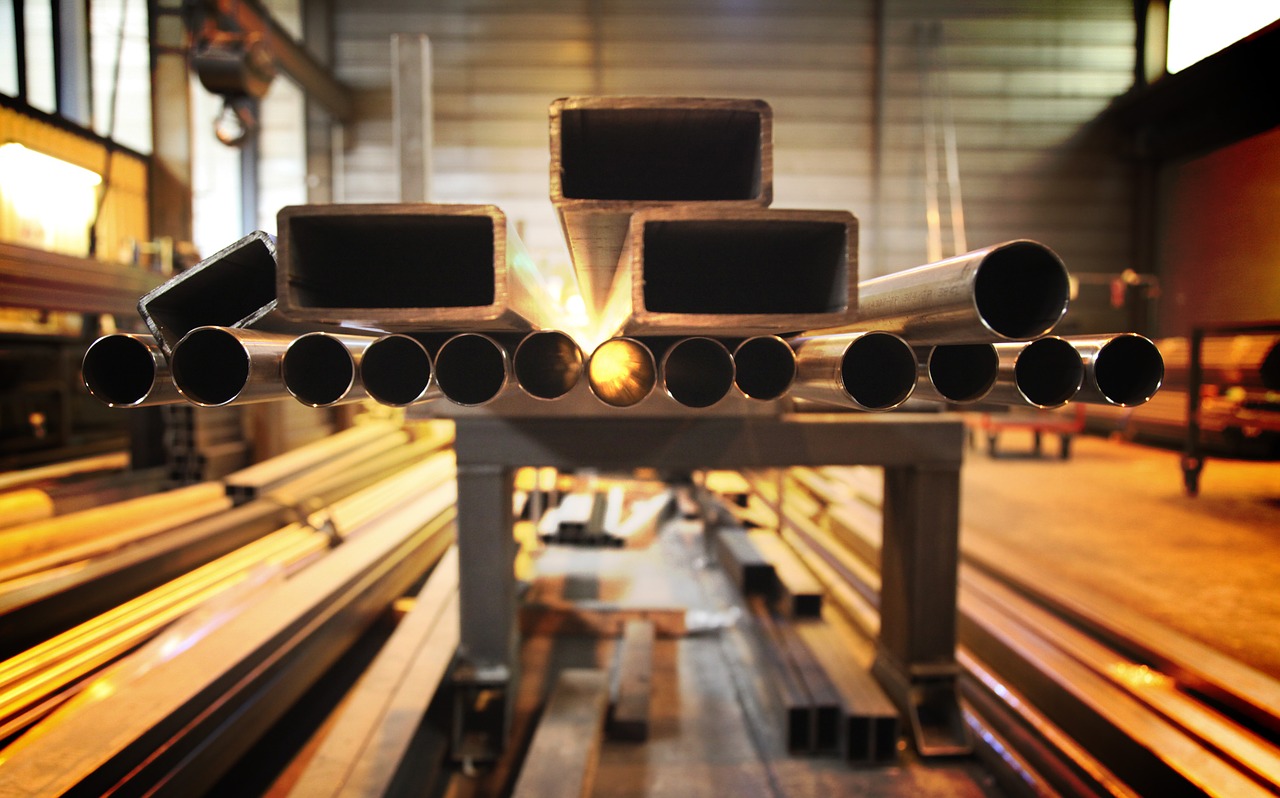What is Seamless Tubing?

Seamless tubing is a type of metal tubing manufactured without welding seams, giving it a much higher strength, better durability, and higher corrosion resistance. Moreover, seamless tubing keeps uniformity throughout its length, which might be preferable in some applications.
The main advantage of seamless tubing is the lack of weak points. For example, a longitudinally welded tube has a weak spot at the weld, which is susceptible to corrosion and structural failure. Thus, seamless tubing has much higher corrosion resistance and structural integrity than welded pipe.
Seamless tubes can also be produced with much smaller inner diameters than welded tubes, which makes them a much better choice for high-precision equipment, like high-pressure fuel lines in modern engines. Some examples of seamless tubing in the medical and pharmaceutical industries have capillary-sized inner diameters that are simply unattainable in welded pipes.
Seamless tubes can be produced from various alloys, but mostly non-corrosive materials are used today. These include Carbon steel, austenitic, duplex, stainless steel, Nickel, Molybdenum, Tungsten, Titanium, and Zirconium alloys.
Main Uses of Seamless Tubing
Seamless tubing finds use in a wide range of industries that require strength, durability, and corrosion resistance. It is mainly used in the oil and gas industry, particularly in pipelines and drilling.
For these uses, welded tubing would not be strong enough due to the high pressures involved, and the weld, in particular, will be susceptible to corrosion and cracking, which hurts reliability.
Meanwhile, seamless stainless-steel tubing would provide higher corrosion resistance and longevity. Seamless stainless steel tubing is also crucial in hydraulic systems used for oil/gas drilling operations, as it provides reliable and safe operation.
But other industries also use seamless stainless-steel tubing to increase the reliability of certain parts. For instance, the high-pressure fuel injection systems in modern gas and diesel engines require seamless tubing for durability and reliability.
Moreover, modern trucks have frames made from seamless square tubing, which increases the tensile strength of the chassis and thus improves the vehicle’s performance.
In addition, aircraft manufacturers use seamless square tubing to construct aircraft frames and components, aiming to increase stiffness without the weight penalty. Like in cars, modern aircraft utilize seamless tubing for their fuel and hydraulics lines.
The construction industry also increasingly uses seamless steel tubing due to its stiffness and minimalistic aesthetic appeal.
Other sectors that utilize seamless tubing include the food processing industry (seamless stainless-steel tubing), shipbuilding (seamless steel tubing)
How is Seamless Tubing Made?
Although preferable to welded tubes, seamless tubing requires a complex manufacturing process, which can significantly increase the price of the final product. Moreover, manufacturing long and wide seamless tubes can be challenging because they are directly related to the size of the billet and how advanced the manufacturing equipment is.
The manufacturing of seamless tubing starts by heating solid cylindrical or square-shaped billets to increase their malleability. Then, using a mandrel, the billet is pierced through the middle, creating a hollow tube. The tube is rolled to the desired thickness and length depending on the requirements.
Then, the tube goes through a series of dies to achieve a precise outer and inner diameter. This is followed by heat treatment in a vacuum furnace (air-drying is not recommended due to the danger of staining), which is crucial in giving the seamless tubing better mechanical properties, like increased strength and improved ductility.
The manufacturing process also involves straightening, as bends can be a weak point of seamless tubing. Finally, manufacturers use surface finishing, like cleaning, polishing, and applying a protective coating.
Quality Control
Seamless tubing is used for many critical applications. Therefore, rigorous quality control is essential and includes checking for dimensional accuracy, surface imperfections, and the desired mechanical properties.
Today, many advanced testing methods are used to detect any internal anomaly or surface defect on seamless tubing. These include ultrasonic waves, magnetic particle inspection, and radiography.
Conclusion
From aerospace and automotive applications to nuclear reactors, seamless tubing is integral to modern industry and advanced technology. Its ability to perform under extreme conditions, like corrosive environments, high pressures, and extreme temperatures, makes it invaluable to our modern, industry-driven world.
With the advancement of technology, seamless tubes will become even more important and might see an increased demand in the future. Namely, more advanced manufacturing processes will allow for a more efficient way to produce seamless tubes, but also, as industries evolve, more uses for custom-tailored solutions will be required.

 Tech Steel & Materials
Tech Steel & Materials